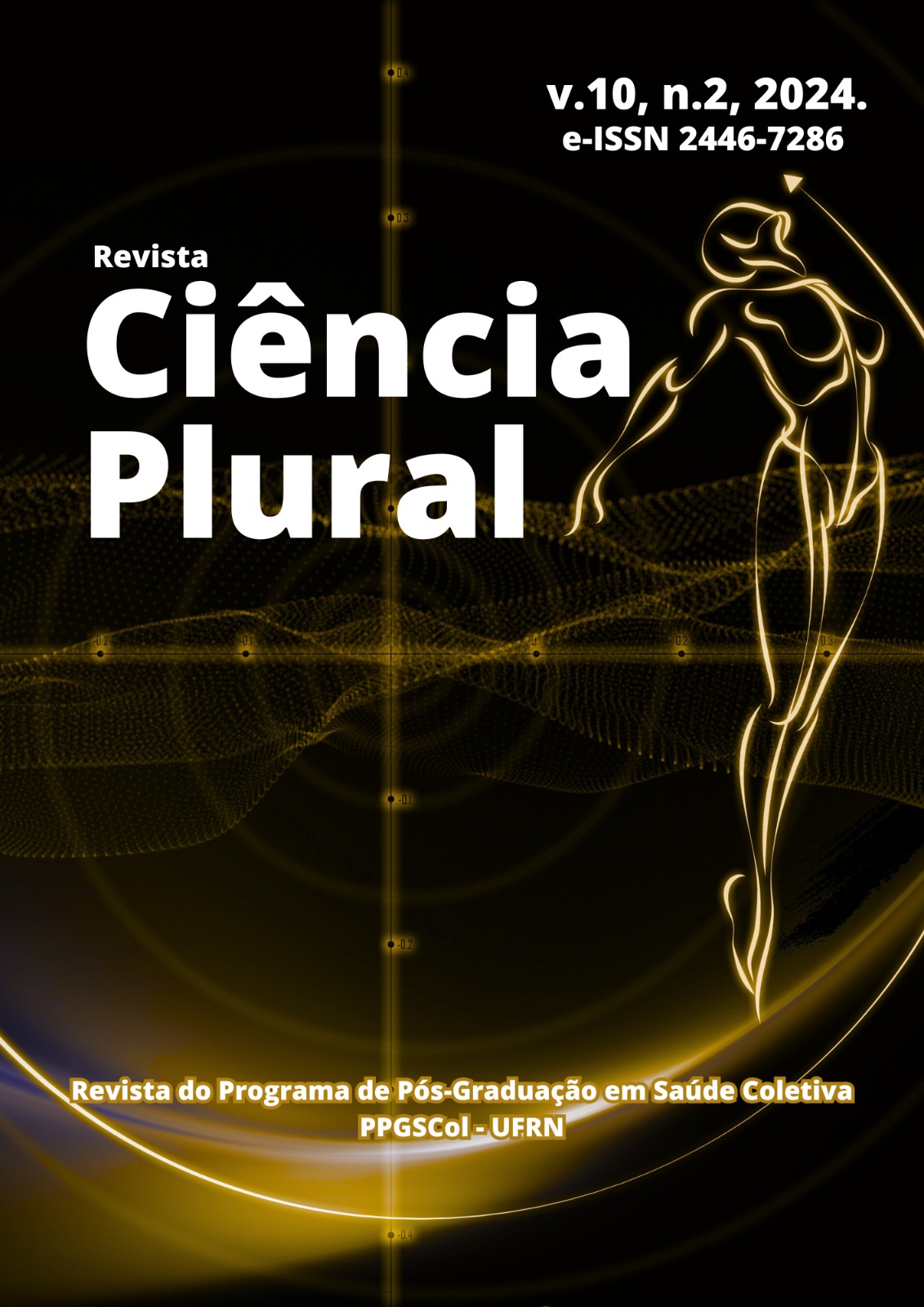Study of different treatment modalities for Temporomandibular Disorders (TMDs).
DOI:
https://doi.org/10.21680/2446-7286.2024v10n2ID36106Abstract
Introduction: Temporomandibular disorders (TMDs) are a generic term for a range of clinical signs and symptoms involving the masticatory muscles, the temporomandibular joint, and associated structures. Treating patients with TMDs should involve a multidisciplinary team, and for effective intervention in dysfunction treatment, it is necessary for the involved professionals to work together and have a comprehensive understanding of stomatognathic functions. Objective: The objective of this article is to review the literature on therapeutic modalities for temporomandibular disorders and their effectiveness. Methodology: This is a study on the current landscape of therapies used for the treatment of temporomandibular disorders. To compose this work, the PubMed database was consulted using the keywords "temporomandibular disorder" and "therapy" associated with the boolean operator AND. Inclusion criteria were articles published in English from 2020 to 2024. The search yielded a total of 545 articles, from which articles deviating from the proposed theme, articles discussing techniques with little scientific basis, and articles not fully available were excluded. Results: Literature findings support the prioritization of conservative, reversible, and non-invasive treatment. Among the options, self-care guidance, occlusal splint fabrication, manual therapies, muscle exercises, biofeedback, and pharmacological management for somatic symptoms stand out. Botulinum toxin has been suggested for treatment in cases of muscular TMDs, however, with low scientific evidence regarding adverse effects. Surgical techniques are indicated in cases where conservative therapies fail to resolve the issue. Conclusions: Despite the diversity in protocols, conservative treatment demonstrates resolution of the problem in most cases of TMDs, and treatments combining multiple techniques show better results than isolated treatments.
Downloads
Downloads
Published
How to Cite
Issue
Section
License
Copyright (c) 2024 Revista Ciência Plural

This work is licensed under a Creative Commons Attribution-NonCommercial-ShareAlike 4.0 International License.
À Revista Ciência Plural ficam reservados os direitos autorais referente a todos os artigos publicados.

 Português (Brasil)
Português (Brasil) English
English Español (España)
Español (España)













